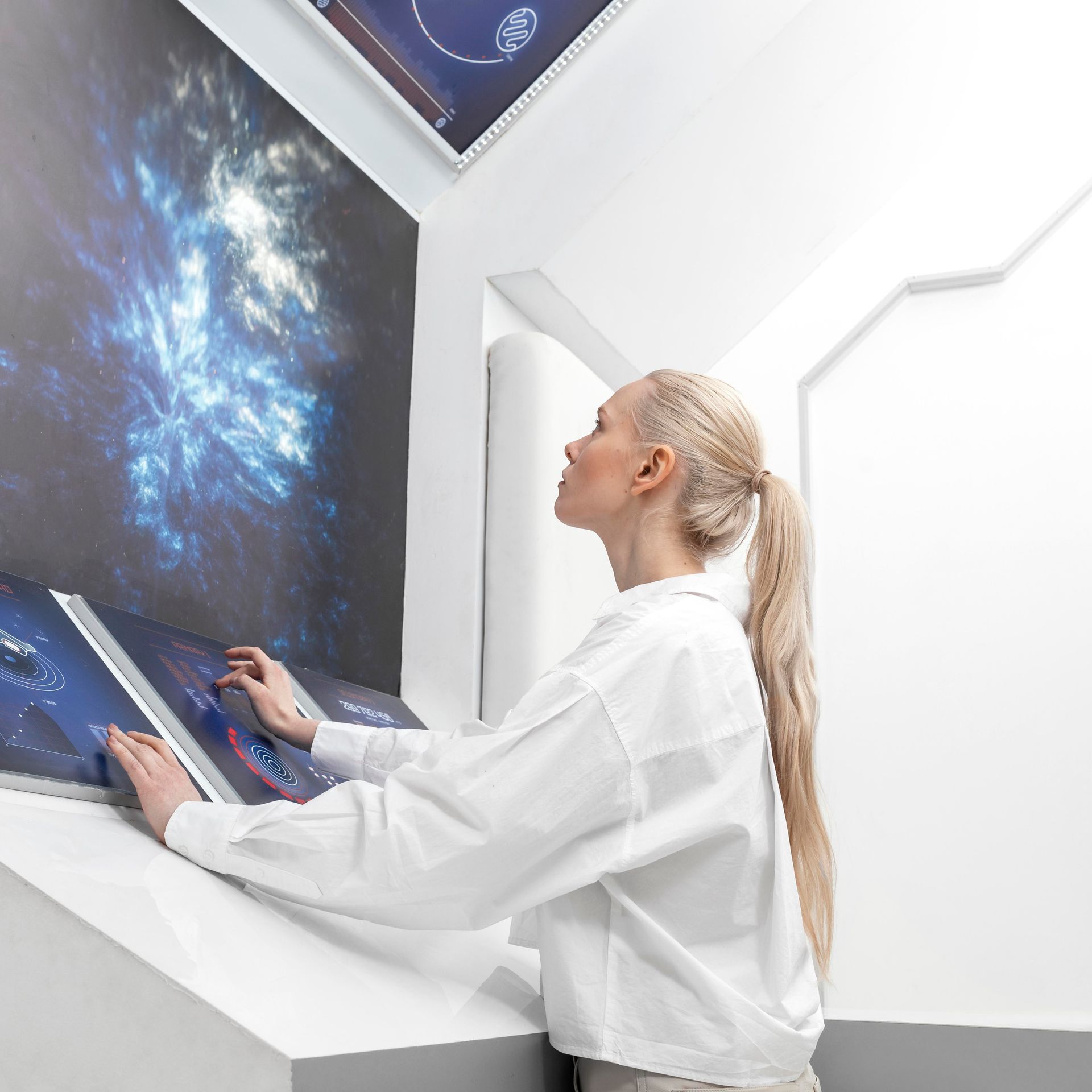BLOG

Virtual Medical Assistants (VMAs) are revolutionizing the healthcare industry by providing efficient and cost-effective solutions to manage and automate a myriad of administrative and clinical tasks. Chase Clinical Documentation is at the forefront of this innovation, offering VMAs that enhance the operational dynamics of medical practices. This comprehensive guide will delve into what VMAs are, how they operate, the technologies they use, and the extensive benefits they bring to medical practices.

Implementing an AI technology or a Virtual Scribe service in a healthcare setting offers substantial benefits, including enhanced documentation efficiency and accuracy. However, the success of these services heavily depends on the proper training of medical staff who will interact with either one. Chase Clinical Documentation understands the importance of effective training and offers a comprehensive approach to ensure that medical staff are well-equipped to utilize either an AI or virtual scribe service efficiently. Here are some best practices and tips for training medical staff on either service usage, addressing common challenges and providing solutions to overcome them.

In today’s healthcare environment, efficiency and cost-effectiveness are more critical than ever. Chase Clinical Documentation’s Healthcare Virtual Assistant (HVA) offers a seamless blend of convenience and performance to enhance the capabilities of your practice while being incredibly cost-effective. Here’s a look at the numerous benefits our Healthcare Virtual Assistant can bring to your medical practice, making it an indispensable tool for modern healthcare providers.

In the ever-evolving landscape of healthcare, the introduction of artificial intelligence (AI) has brought significant changes, particularly in the realm of medical charting. Medical charting, the process of recording a patient's clinical data, has traditionally been a meticulous and time-consuming task, requiring both accuracy and attention to detail. With AI stepping into this space, there is potential for transformation, yet the human touch remains essential. Let's delve into how AI and human editors are reshaping the world of medical charting and why their collaboration is vital.

In the realm of medical documentation, the interplay between artificial intelligence (AI) and human expertise is becoming increasingly important. As AI technology advances, its potential to enhance medical documentation is undeniable. However, there is a delicate balance to be struck between leveraging AI’s capabilities and maintaining the irreplaceable value of human insight. This balance is crucial for ensuring that medical records are not only accurate and comprehensive but also ethically sound and personalized to each patient’s unique needs.

The healthcare industry is constantly evolving, with new technologies emerging to improve patient care and streamline administrative processes. One of the most transformative innovations in recent years is the integration of artificial intelligence (AI) into medical scribe services. AI-enhanced medical scribes are revolutionizing the way healthcare providers document patient interactions, offering a powerful tool to improve efficiency, accuracy, and overall quality of care. However, as with any new technology, there are important considerations that healthcare providers need to understand before adopting AI-enhanced medical scribe services.

As artificial intelligence (AI) becomes increasingly integrated into healthcare, its application in medical scribing is garnering significant attention. AI-powered medical scribing offers a multitude of benefits, from enhancing efficiency to improving the accuracy of documentation. However, with these advancements comes a critical responsibility: ensuring that AI systems used in medical scribing comply with the Health Insurance Portability and Accountability Act (HIPAA). HIPAA compliance is essential to protect patient privacy, secure sensitive health information, and maintain trust in the healthcare system. This article explores the key aspects of HIPAA compliance in AI-powered medical scribing and the steps necessary to achieve it.




